Learn about Wellington Regional Growth Framework
Ka ora te wai
Ka ora te whenua
Ka ora te whenua
Ka ora te tangata
Mo te iti – mo te rahi
If the water is healthy
the land will be nourished
If the land is nourished
the people will be provided for
For the little – for the large
Ka ora te wai
If the water is healthy
Ka ora te whenua
the land will be nourished
Ka ora te whenua
If the land is nourished
Ka ora te tangata
the people will be provided for
Mo te iti – mo te rahi
For the little – for the large
The Wellington Regional Growth Framework (the Framework) is a spatial plan that describes a long-term vision for how the region will grow, change and respond to key urban development challenges and opportunities in a way that gets the best outcomes and maximises the benefits across the region.
It develops and tests possible future scenarios for the region over the next 30 to 100 years. It tests the need for significant infrastructure and other investments and recommends a prioritised regional programme of work that will require joint action and investment.
The Framework identifies where areas for housing, public transport and roads, three waters infrastructure (stormwater, wastewater and drinking water), businesses and jobs, are recommended in the context of issues such as housing affordability, climate change, resilience and natural hazards. It seeks to reflect the housing and urban development aspirations of mana whenua in the region.
Working together
The Framework draws on and incorporates the local and regional planning and engagement work on growth that has been undertaken already. It is aligned with the Transport Outcomes Framework and Government Policy Statement on Land Transport Funding, the proposed National Policy Statements on Urban Development, Highly Productive Land, Freshwater Management and Biodiversity and the Governments’ Urban Growth Agenda.
Central Government, councils from the region and mana whenua have worked together to develop the Framework and build an enduring regional growth partnership.
The project is an opportunity for regional spatial planning to incorporate Te Ao Māori, strengthen existing regional partnerships and be reflective of its Treaty partners.
The project partners recognise the values and aspirations of mana whenua and will continue to recognise the principles of the Treaty of Waitangi, the role of mana whenua as kaitiaki and the relationship of Māori with their ancestral lands, water sites, waahi tapu and other taonga.
Active engagement and collaboration between project partners has been central to the development of the Framework. The project kaupapa includes the principles of Ki uta ki Tai (connectedness), Wairuatanga (identity), Kaitiakitanga (guardianship), Tō Mātou whakapono (judgement based on knowledge) and Mahitahi (partnership).
Relationship between the Framework
and other documents
We have taken current growth strategies and plans (both statutory and non-statutory) into account when developing the Framework and the direction for plans going forward. For example, a key initiative covered in the document is to ‘Review council zoning and other levers to enable higher densities within existing and new urban areas in appropriate locations identified in the Framework’. This initiative will see changes to district plans, which being 10-year planning documents should support the longer-term strategy outlined in the Framework in their objectives and policies, noting that the district plans in the region differ in their timing.
Wellington Regional Growth Framework A 30+ year regional spatial plan - a high level directional document developed collectively. Developed as part of the government Urban Growth Agenda.
Council Growth Strategies Individual council long term strategy documents developed from time to time to outline growth expectations in the council areas. Often undertaken prior to District Plan changes being considered.
Future Development Strategy A requirement under the National Party Statement on Urban Development (2020) which needs to demonstrate that there will be sufficient, feasible development capacity in the medium and long term within a council area. Must be reviewed every 6 years.
Regional Policy Statement and Regional Plan The Regional Policy Statement sets out the framework and priorities for resource management in the region. It is a requirement under the Resource Management Act. Regional plans, district plans and the Regional Land Transport Strategy are required to give effect to the Regional Policy Statement. The purpose of regional plans is to assist a regional council to carry out its functions in order to achieve the sustainable management purpose. Both must be reviewed every 10 years.
District Plan A requirement under the Resource Management Act which helps each council manage development in its city, town or region. It contains policies and rules related to development. Must be reviewed every 10 years.
Regional Land Transport Plan A requirement under Land Transport Management Act. Prepared by Regional Transport Committee's every 7 years (reviewed every 3 years). They describe the region's long term vision for land transport and identify short-medium term investment priorities to move toward this vision. They also include a regional programme of transport activities proposed for funding over the next 3 to 6 years.
Long Term Plan & Infrastructure Strategy A requirement under the Local Government Act. The LTP sets out the priorities for 10 years, including what the council will do, how much it will cost and how it will be funded. It must be reviewed every 3 years. The Infrastructure Strategy covers a period of at least 30 consecutive financial years. The purpose is to identify significant infrastructure issues and options for managing them over the period.
Sign up for updates.
Quick Links


